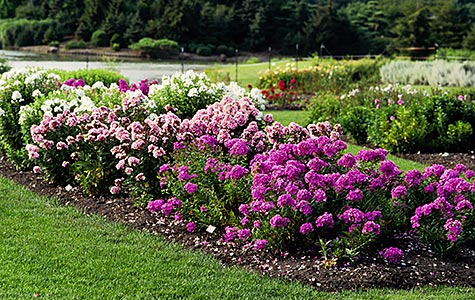
Researchers at the Chicago Botanic Garden teamed up with experts nationwide to help home gardeners select the best native plant sources for their backyards. Many resources are available to help home gardeners decide which native plant species are right for their garden and goals. However, selecting the best source for those species can be challenging and often overwhelming. Gardeners often have many different sources or cultivars to select from at their local nursery, and not all are equal in their ability to survive and support wildlife in their yard. Yet very little guidance is available to help select the best native plant source. Garden scientists are working with researchers across the country to begin to address this gap. They developed a tool to assess the suitability of different sources for different planting situations. They tested this tool with a nationwide list of native species and sources sold across the country, assembled by the Chicago Botanic Garden and Northwestern University master’s student Abbey White. Results showed that many more sources are able to survive and provide wildlife support in small gardens far from natural areas than are suitable for large restoration efforts near natural areas. This means many gardeners can rest easy knowing that the nativar from their local nursery will likely be a fine choice for their yard as long as they are not near a natural area. However, as Garden scientist Andrea Kramer explains, “results also showed that 25 percent or more of the sources assessed had flower or leaf traits altered through the breeding process that compromise their ability to support pollinators and other wildlife. This means that gardeners need to be aware of what source they purchase, especially if their goal is to support wildlife in their yard.” The results of this work were recently published in the journal Restoration Ecology.
For example, if you want to plant garden phlox (Phlox paniculata) to beautify your landscape and support pollinators, you might find a dizzying array of choices for this species at your local garden store. Some are tall, some short, some with pink flowers and others with white or purple flowers. Which will thrive in your home garden? The Garden’s own Richard Hawke, plant evaluation manager, has collected data that informed this study and is helping home gardeners in Chicago understand what sources may survive best in their conditions. Interested in contributing to research on this subject? The Garden’s Budburst citizen scientist program’s Nativars Research Project is recruiting pollinator observers to investigate the ability of different nativars to support pollinators.

